Caterpillar Company
Through a network of international dealers, Caterpillar Inc., a Fortune 100 American firm, creates, develops, engineers, manufactures, distributes, and sells machinery, engines, financial products, and insurance to customers. CAT is the company's ticker symbol. It is the world's largest producer of construction equipment. Caterpillar was ranked 65 on the Fortune 500 list and 238 on the Global Fortune 500 list in 2018. Shares of Caterpillar are included in the Dow Jones Industrial Average.
In 1925, the C. L. Best Tractor Company and the Holt Manufacturing Company amalgamated to form the Caterpillar Tractor Company, which is today based in California. The history of Caterpillar Inc. starts here.
In 1986, the business underwent a reorganisation and adopted the name Caterpillar Inc. The company's main office is in Irving, Texas. In January 2017, the business said it will give up its 2015 plans to build a $800 million new headquarters building in downtown Peoria and relocate its headquarters from Peoria, Illinois, to Deerfield, Illinois, over the course of the year.
The company sells a range of footwear and clothing under the Cat / Caterpillar name.
Additionally, since 2012, the company has been authorised to sell tough telephones under the Cat phone brand. Machinery and other products bearing the Caterpillar brand can be recognised by their unique "Caterpillar Yellow" livery and "CAT" insignia.
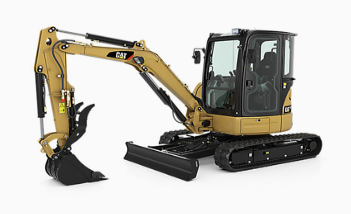
Caterpillar Companies Origins
The steam tractors used by The Holt Manufacturing Company date back to 1890. Due to their enormous weight, which might reach 1,000 pounds (450 kg) per horsepower, steam tractors of the 1890s and early 1900s frequently sank into the soil of the San Joaquin Valley Delta agriculture in Stockton, California. To address the problem, Benjamin Holt made the tractor 46 feet (14 m) wide by enlarging the wheels to a maximum of 7.5 feet (2.3 m) height and 6 feet (1.8 m) wide. However, this increased the tractors' complexity, price, and maintenance needs.
Another alternative considered was to build a temporary plank road in front of the steam tractor, but doing so would slow down earthmoving and be time-consuming and expensive. Holt came up with the idea to wrap the planks around the wheels. He replaced the wheels on the 40 horsepower (30 kW) motor of the No. 77 Holt steamboat with a system of wooden rails attached to chains. On Thanksgiving Day, November 24, 1904, he successfully tested the modified machine by ploughing Roberts Island's swampy delta plain.
A steel plate-tracked vehicle was simultaneously developed by Richard Hornsby & Sons in Grantham, Lincolnshire, England, and patented in 1904. This tractor was the first to steer by differentially braking the tracks instead of using the steering wheel on the forward tiller. For usage in the Yukon, numerous tractors were created and sold; one of these was employed there until 1927, and some of its components may still be seen today. Hornsby realised that there was a little market for their tractor in 1911, the same year that Holt registered the "Caterpillar" brand, and sold their technology to Holt.
Charles Clements, the business photographer, claimed that the tractor moved like a caterpillar, and Holt immediately drew the comparison. However, some accounts attribute this nickname to British soldiers who had witnessed the Hornsby tractor being tested in July 1907. "It is a caterpillar, that's what it's called!" Two years later, Holt sold his first steam-powered tractor crawlers for US$5,500, or nearly US$128,000 in today's dollars. The length, width, and height of the track structure on each side were 9 feet (2.7 m), 42 inches (1,100 mm), and 30 inches (760 mm). The tracks were made of 3 inches (76 mm) by 4 inches (100 mm) long redwood slats.
The first continuous track that could actually be utilised with a tractor was Holt's improved "Traction Engine," which was granted a patent on December 7, 1907. ("improvement in vehicles, and especially of the traction engine class; and included endless travelling platform supports upon which the engine is carried").
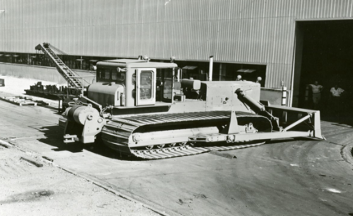
Caterpillar Backhoe Loaders
Cat® Backhoe Loaders are capable of a wide range of activities, including but not limited to general construction, demolition and excavation, landscaping, breaking up asphalt, and paving, thanks to their superior digging, trenching, back-filling, and material handling capabilities. Cat backhoes offer the strength and precise handling you want while operating in locations where using larger equipment is problematic.
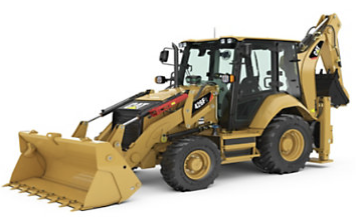
Caterpillar Excavators
Cat® excavators provide top performance, unmatched versatility, and exceptional fuel efficiency whether you're excavating, trenching, or loading trucks. Utilizing their mini diggers' cutting-edge technology and safety features, incredible durability, and simple operation will help your business grow. Caterpillar offers a variety of digger sizes, with the mini excavator being the most popular.
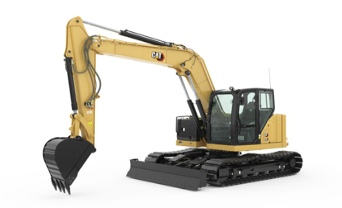
Caterpillar Skid Steer And Compact Track Loaders
The Cat® Compact Track Loaders and Skid Steer Loaders combine the most recent, market-first features and advancements with customer-driven upgrades. Since they are so versatile, skid steer loaders are a remarkably valuable machine.
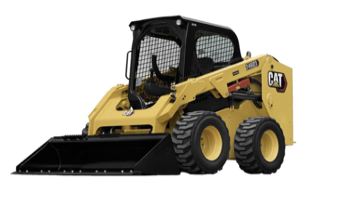
Caterpillar Track Loaders
You may save money and time on transportation by using a single rugged machine for tasks like slope work, truck loading, land clearing, digging, and grading. The versatile Cat® track loader series can easily handle challenging tasks, challenging terrain, and limited spaces.
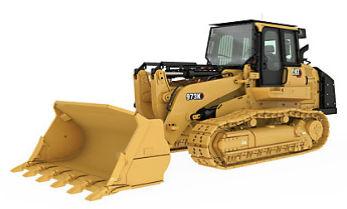
Caterpillar Wheel Loaders
Your material handling and loading operations are safer, quicker, more precise, and more effective when you use wheel loaders from Cat®. Cat front end loaders are the gold standard in the industry for dependability, productivity, fuel efficiency, adaptability, and operator comfort.
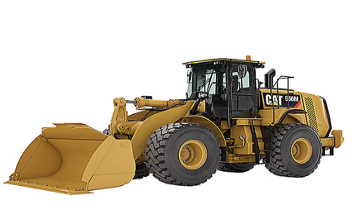
Triggers Digger Hire Berkshire Copyright© 2022 All Rights Reserved